Best Seasons for Foundation Repairs
Foundation repairs are most effectively performed during specific times of the year when weather conditions are favorable. Optimal seasons typically include late spring and early fall, avoiding extreme cold or heat. Temperate weather allows for better curing of materials and reduces the risk of delays caused by adverse conditions.
Timing can also depend on soil conditions, which vary seasonally. Dry, stable soil during these periods minimizes movement and provides a more secure environment for repairs. Conducting repairs during these windows can lead to longer-lasting results and fewer disruptions.
Spring offers moderate temperatures and longer daylight hours, making it suitable for foundation work. Soil moisture levels are ideal, reducing the risk of shifting soils.
Fall provides cooler weather and stable soil conditions. It is often less busy for contractors, allowing for more flexible scheduling.
Extreme cold in winter can hinder curing processes, while high summer temperatures can cause materials to set too quickly, affecting the quality of repairs.
Consistent soil moisture and moderate temperatures are crucial for successful foundation repairs. Seasonal planning helps ensure these conditions are met.
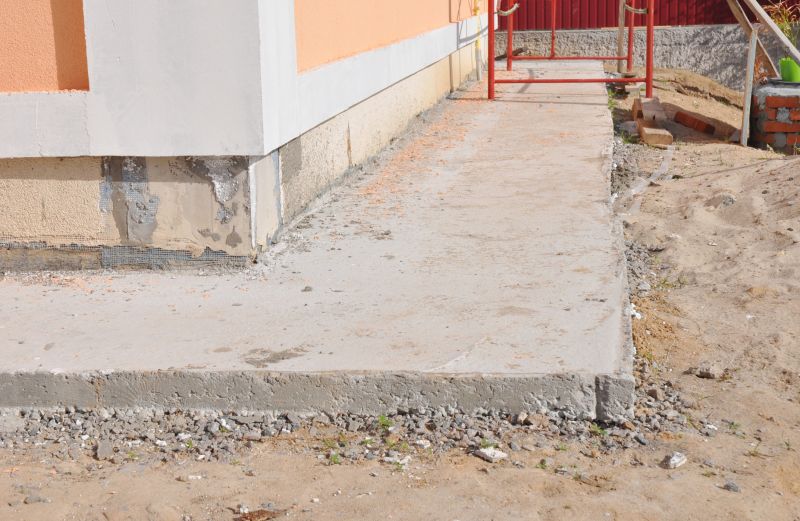
Ways to make Foundation Repairs work in tight or awkward layouts.
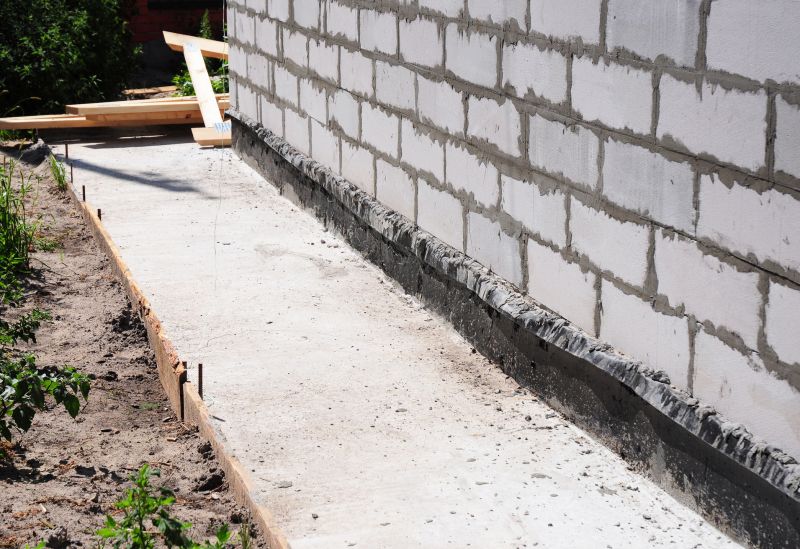
Popular materials for Foundation Repairs and why they hold up over time.
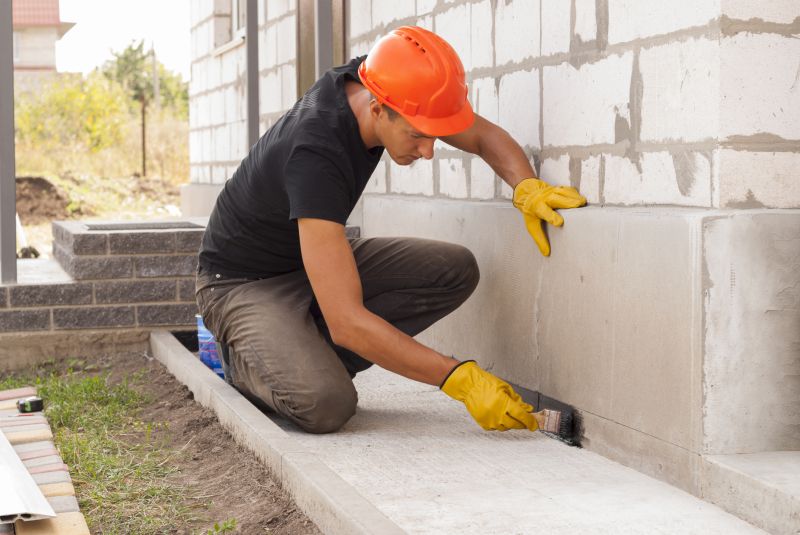
Simple add-ons that improve Foundation Repairs without blowing the budget.
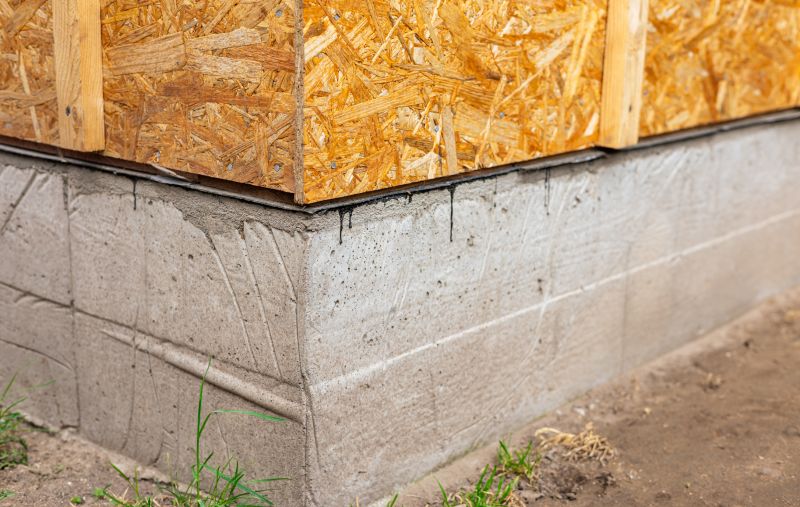
High-end options that actually feel worth it for Foundation Repairs.
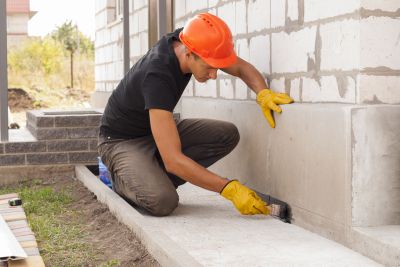
Finishes and colors that play nicely with Foundation Repairs.

Little measurements that prevent headaches on Foundation Repairs day.
| Season | Ideal Conditions |
|---|---|
| Spring | Moderate temperatures, moist soil, longer daylight |
| Summer | High temperatures, dry soil, potential for quick setting |
| Fall | Cooler weather, stable soil, less contractor availability |
| Winter | Cold temperatures, frozen soil, delays in curing |
Foundation repairs involve stabilizing and restoring the structural integrity of a building's foundation. Proper timing ensures that repairs are durable and less susceptible to future movement. Seasonal considerations, such as soil moisture and temperature, play a significant role in the success of foundation work.

A 60-second routine that keeps Foundation Repairs looking new.
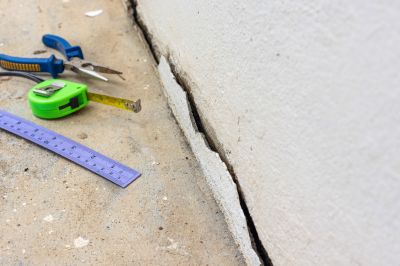
A frequent mistake in Foundation Repairs and how to dodge it.

Small tweaks to make Foundation Repairs safer and easier to use.

Lower-waste or water-saving choices for Foundation Repairs.
Interested in foundation repairs? Filling out the contact form can provide more information about suitable timing and repair options for specific conditions. Proper scheduling can help ensure the longevity and stability of a property’s foundation.

